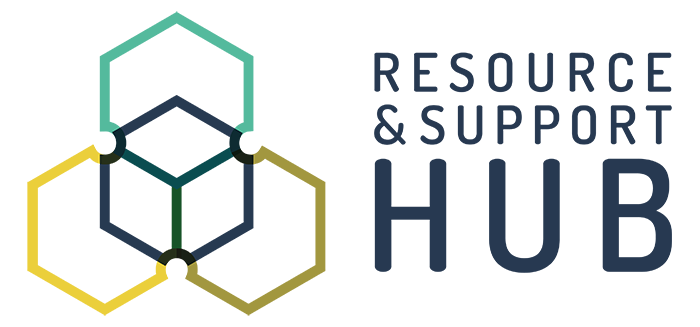What do we mean by safeguarding against SEAH?
Safeguarding broadly means preventing harm to people – and the environment – in the delivery of development and humanitarian assistance.
It is well known that aid programmes can result in unintended negative consequences to local populations. SEAH, in particular, is widely recognised and documented. The vast majority of staff and associates of aid agencies are highly committed and principled but there is always a risk that some may engage in misconduct that harms local populations, especially vulnerable groups. Similarly, staff and associates may themselves experience harm in the workplace at the hands of their colleagues.
The Resource and Support Hub has been deliberately designed to focus on preventing and responding to SEAH as these acts constitute some of the most grave violations of those who may be most vulnerable/at risk. Rigorous safeguarding policies and practices will also serve to strengthen public confidence in the sector, and ensure the continuation of support that exists for international aid and development.
Definitions
For the purposes of the Hub safeguarding means taking all reasonable steps to prevent SEAH from occurring; to protect people, especially vulnerable adults and children, from that harm; and to respond appropriately when harm does occur.[1]
The Hub uses the following international definitions for related concepts, particularly those of the UN:
SEA is defined as:
- Sexual Exploitation: Any actual or attempted abuse of a position of vulnerability, differential power, or trust for sexual purposes. Includes profiting monetarily, socially, or politically from sexual exploitation of another. Under UN regulations it includes transactional sex, solicitation of transactional sex and exploitative relationship.[2]
- Sexual Abuse: The actual or threatened physical intrusion of a sexual nature, whether by force or under unequal or coercive conditions. It includes sexual assault (attempted rape, kissing / touching, forcing someone to perform oral sex / touching) as well as rape. Under UN regulations, all sexual activity with someone under the age of 18 is considered to be sexual abuse, regardless of the age of majority or consent locally. Mistaken belief in the age of a child is not a defence.[3]
- Sexual Harassment: A continuum of unacceptable and unwelcome behaviours and practices of a sexual nature that may include, but are not limited to, sexual suggestions or demands, requests for sexual favours and sexual, verbal or physical conduct or gestures, that are or might reasonably be perceived as offensive or humiliating.[4]
SEA is a breach of the provisions of the UN Secretary General’s Bulletin (Special measures for protection from sexual exploitation and sexual abuse), and is “Conduct or behaviour of a sexual nature when this conduct or behaviour amounts to either sexual exploitation or sexual abuse as defined in ST/SGB/2003/13”.[5]
Protection from Sexual Exploitation and Abuse (PSEA) is the term used by the UN and NGO community to refer to measures taken to protect people from sexual exploitation and abuse by their own staff and associated personnel.[6]
Many aid organisations now talk about tackling SEAH as opposed to SEA, clearly adding harassment as a related issue. This arises from increasing recognition that sexual exploitation and abuse and sexual harassment have common structural roots in inequality. Safeguarding violations can take different forms – sexual, physical, emotional, economic and verbal abuse, for example. Although these issues have been tackled separately to some extent, all are safeguarding issues and have at their root the underlying problems of power differences, inequality – especially gender inequality – bias, privilege and discrimination based on race, ethnicity, religion, sexual orientation, disability, economic and other aspects of status and identity.
A whole organisation approach, which addresses organisational culture, is required when tackling these underlying problems in a nuanced way and ensuring that robust safeguarding policies and practices are implemented. This needs strong leadership with an emphasis on respect, dignity and inclusiveness. We hope the materials on the site will be useful in tackling SEAH and wider safeguarding issues, preventing all forms of harm through safe environments across aid and development agencies.
The Resource and Support Hub Safeguarding Journey
The RSH Safeguarding Journey guides users through relevant information, materials and services hosted on the Hub. It consists of four stages but is not linear. Hub users can select content relevant to their stage of their safeguarding journey. To access the Safeguarding Journey, click here.
[1] RSH working definition of safeguarding
[2] United Nations (2017) Glossary on Sexual Exploitation and Abuse. Second Edition.
[3] Ibid.
[5] UN, 2017.
[6] CHS Alliance (2017) PSEA Implementation Quick Reference Handbook ()





 Low bandwidth on|off
Low bandwidth on|off